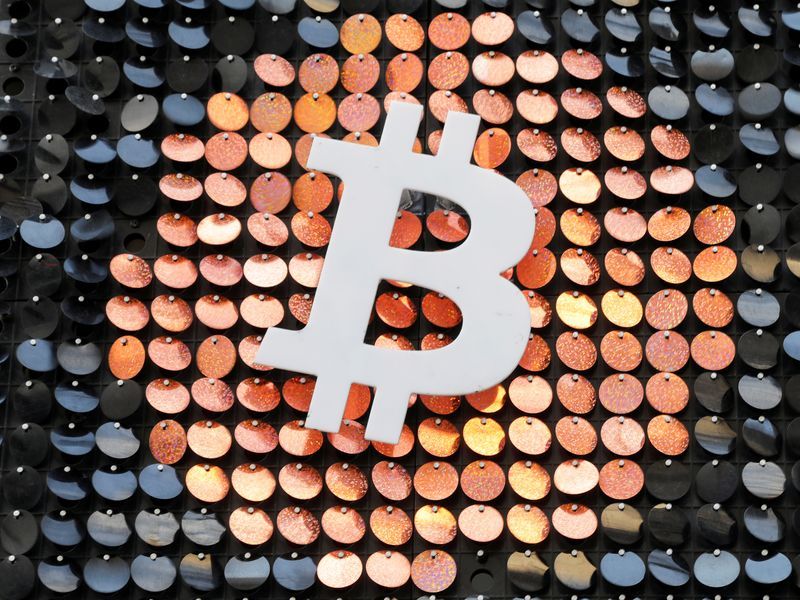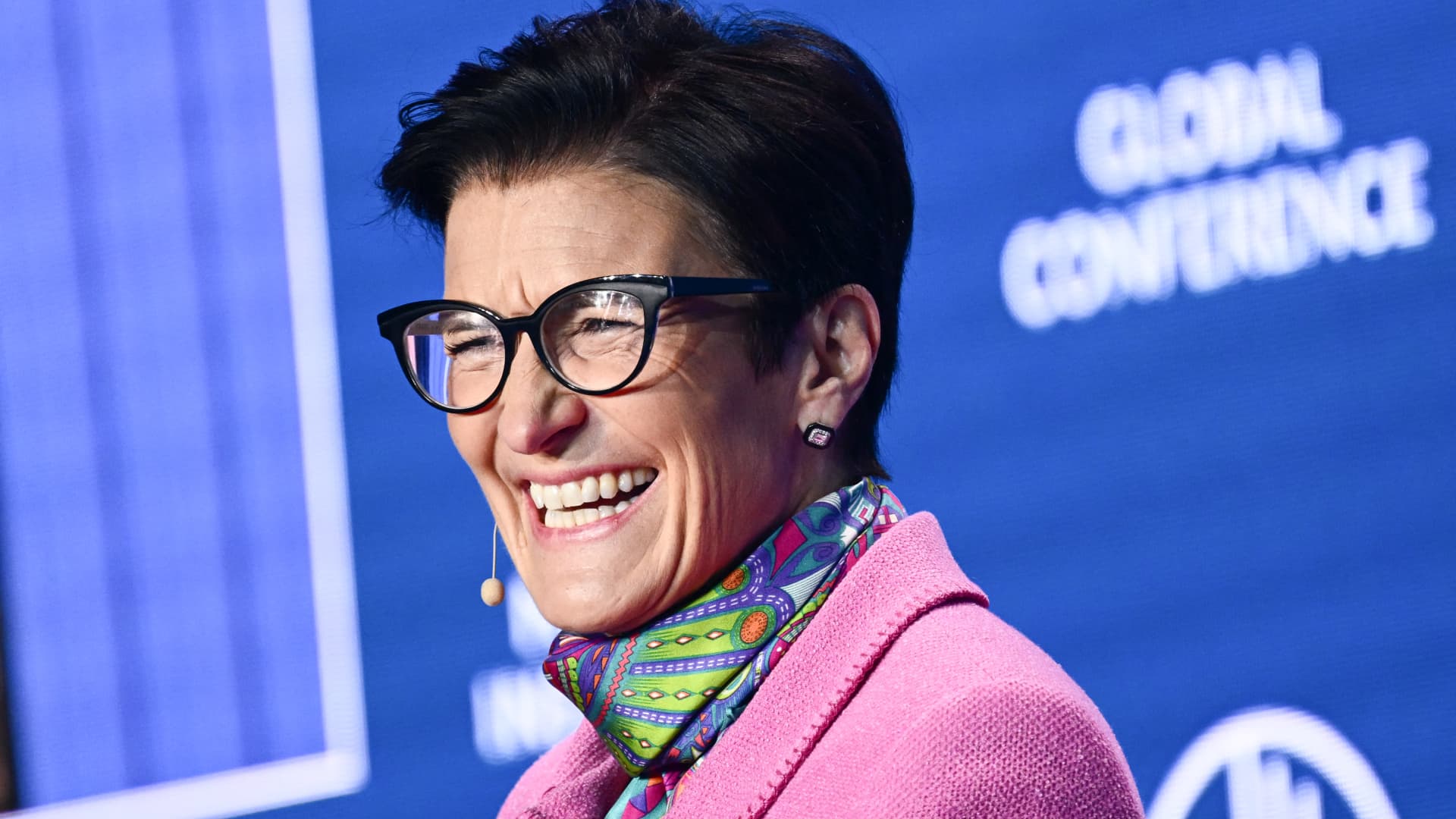© Reuters
Investing.com – The reward for mining Bitcoin could be halved as soon as April, analysts at VanEck said, adding that the event could significantly affect the price of the world's most popular cryptocurrency.
Halving Bitcoin
Known as “halving,” the process could reduce the amount of Bitcoin received by participants in the blockchain network that backs the token from 6.25 to 3.125.
The halving limits the amount of Bitcoin in circulation, possibly reducing new supply on the open market.
Generally speaking, the halving occurs approximately once every four years, or after the network has verified transactions in a total of 210,000 blocks. The first halving took place in November 2012, when the mining yield was 50 Bitcoin. Two more halvings occurred in 2016 and 2020.
Eventually, the reward will reach the 0.00000001 Bitcoin mark, the lowest denomination of the token. Called “satoshi”, this amount could, in theory, be the reward until the proposed limit of 21 million Bitcoin in circulation is potentially reached around the year 2140.
When could the next Bitcoin halving occur?
The next Bitcoin halving will likely take place around April 24 this year, VanEck cryptocurrency specialist Menno Martens told Investing.com.
Martens called the event “pivotal,” noting that previous halvings have resulted in rallies in the price of Bitcoin and the overall crypto market capitalization.
The first halving in 2012 caused the price of Bitcoin to skyrocket from around $12 to around $130 six months later, according to data from cryptocurrency exchange Binance. After the second one in 2016, it skyrocketed from $660 to around $900 in half a year. The third in May 2020: $8,600 to $15,700 for November of that year.
“This historical pattern suggests that the halving could lead to possible significant [price] appreciation before and after the halving event,” Martens said.
Bitcoin's recent rally
On Wednesday, it surpassed the $61,000 mark, extending the token's rally for the fifth day in a row.
As of 11:26 ET (16:26 GMT), the price of Bitcoin had risen 7.9% to $61,251.2, putting the cryptocurrency within striking distance of an all-time high of over $68,000 reached in 2021. It has now soared more than 16% in the last seven days.
Along with anticipation around the upcoming halving, Bitcoin's stellar performance this year has been boosted by a recent decision by US authorities to greenlight exchange-traded funds (ETFs) that directly track the cryptocurrency price. The approvals have attracted a large amount of institutional capital to Bitcoin.
“Overall, we still like the setup for [Bitcoin]/Crypto and we expect a considerable increase in [calendar year 2024] with [Bitcoin] leaving the year in [around] Levels above $85,000 driven by ETF inflows exceeding the supply available on exchanges,” Compass Point analysts wrote in a note.
They added that potential Federal Reserve interest rate cuts in the second half of 2024 could encourage risk-taking among retail investors. Retail trading volumes have remained relatively low despite ETF approvals, in an indication that faith in the crypto industry may have been shaken by a series of high-profile scandals and bankruptcies.
An announcement by MicroStrategy Incorporated (NASDAQ:), the largest corporate holder of Bitcoin, that it had recently purchased 3,000 tokens for around $155 million has also supported the token.
Meanwhile, a report from digital asset manager Coinshares showed that crypto investment products recorded a fourth consecutive week of capital inflows. According to the report, digital asset investment products were boosted by inflows of $598 million in the week to February 23.
Bitcoin ETFs accounted for most of the inflows. Bitcoin products recorded $570 million in inflows, and BlackRock's iShares Bitcoin Trust recorded $543.5 million in inflows. This largely offset strong outflows from Grayscale Bitcoin Trust, as it grappled with a host of new entrants into the Bitcoin ETF space.
Ambar Warrick contributed to this report.








